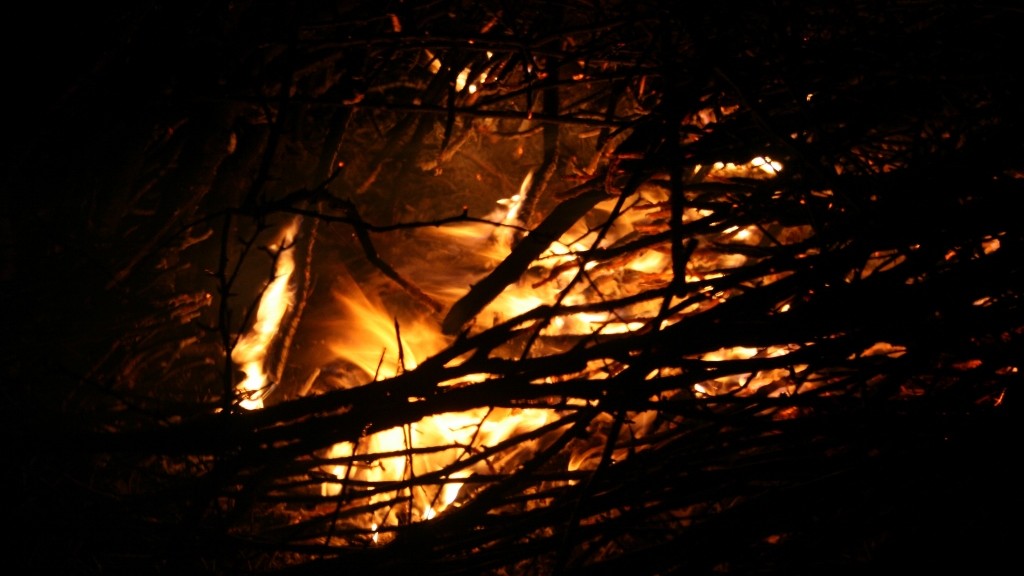Stress and prolonged periods of foul weather can allow some of these diseases such as Nosema or Dysentery to thrive.
Other pests such as Varroa make their presence felt later in the year and of course you can’t treat them while you have honey on board.
Brood diseases won’t be noticed until there is brood so they are always a concern for summer inspections but not to be forgotten in the winter. In fact, if you bring in dead hives in autumn or spring always be on the look out for AFB eg patches of dead brood with sunken cappings and if in doubt – burn.
Bee diseases can be immediately split into two broad categories:
- Diseases of adult bees;
- Diseases of bee brood.
Diseases of adult bees which can arise in this country are as follows – click for information sheet:
Diseases of brood which can arise in this country:
Click here for Shook Swarming and Disease Control
Copyright © Beespoke.info, 2014. All Rights Reserved.

